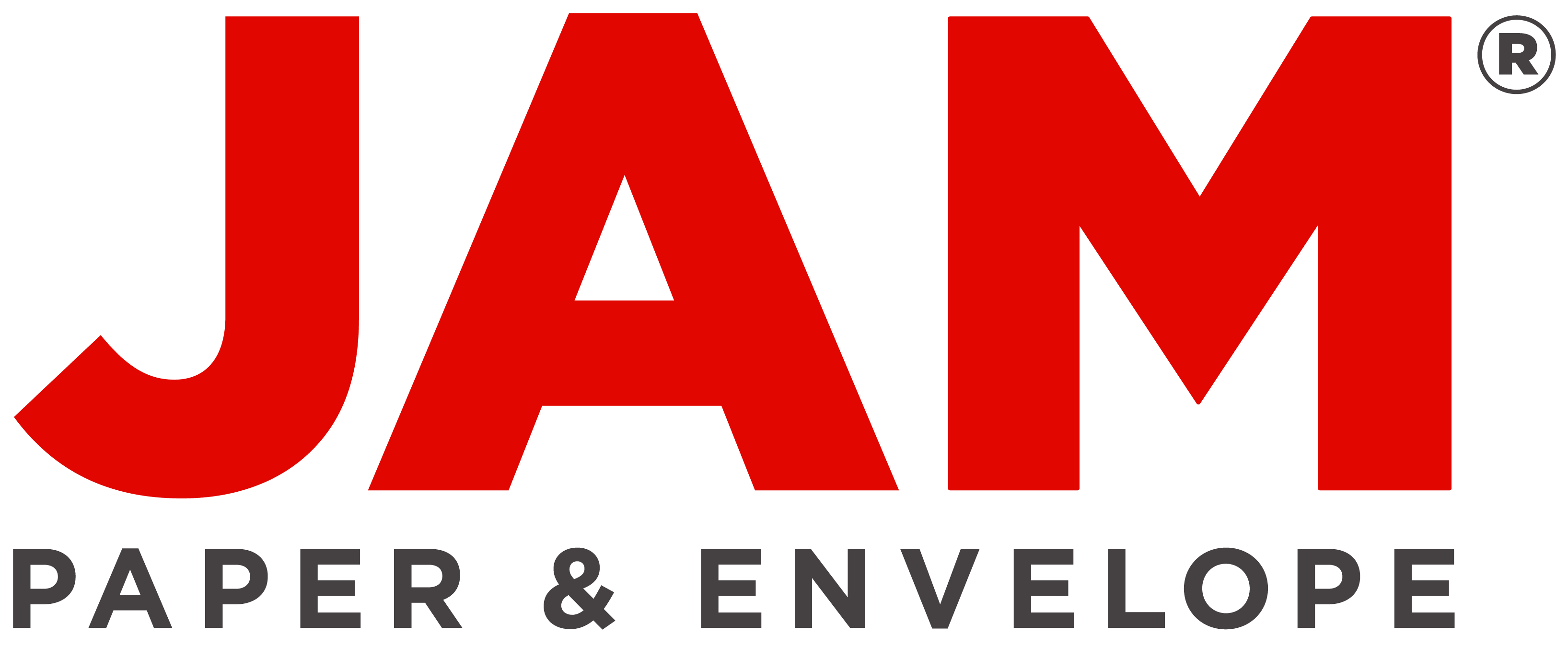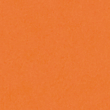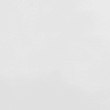The History of Envelopes - From 2000 B.C. to the Present
- By Andrew Jacobs
- Nov 8, 2013
The History of Envelopes - From 2000 B.C. to the Present
Can you imagine getting your monthly cellphone bill in the mail without it being sealed in an envelope? Or sending them back a check without an envelope to keep your personal banking information a secret? I cant either. Envelopes have been around for centuries and have changed countless times throughout history. The history of envelopes begins with a little clay and a lot of work.The First Envelopes - 2000 B.C
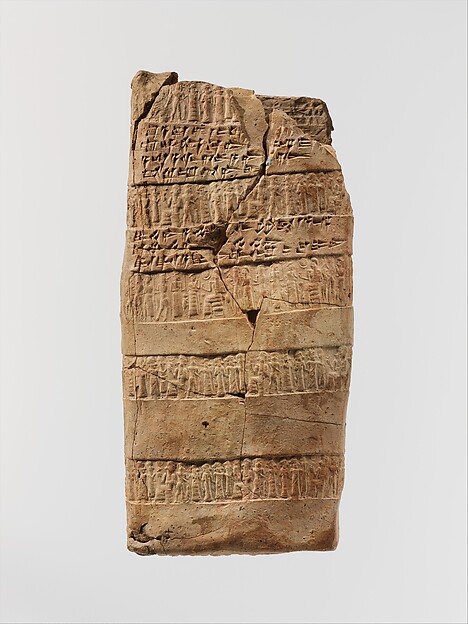 More than 4,000 years ago, way before the invention of the pre-gummed paper envelopes, the Babylonians created an envelope like folder from clay. Wet clay was folded over the original tablet message and sealed by pressing the ends together. It was then baked, causing it to harden and ensuring the tablet's contents were safe inside. To reveal the original tablet message, one would have to brake the clay envelope. And so the history of envelopes begins!
More than 4,000 years ago, way before the invention of the pre-gummed paper envelopes, the Babylonians created an envelope like folder from clay. Wet clay was folded over the original tablet message and sealed by pressing the ends together. It was then baked, causing it to harden and ensuring the tablet's contents were safe inside. To reveal the original tablet message, one would have to brake the clay envelope. And so the history of envelopes begins!
Paper Envelopes are Born
Fast forward a couple hundred years to the 1800's when envelopes we seen as an extra piece of paper that would be wrapped around the letter and charged as an extra piece of paper when mailing. Only the wealthy could afford this second charge, while most commoners would simply fold the letter into an envelope and seal it with an adhesive. The address could then be written on the blank back of the letter. It wasn't until 1837 when Rowland Hill published "Post Office Reform" that paper envelopes were created. He stated that a "physical stamp containing a gum wash and a prepaid penny wrapper were to be developed." Local businesses created these by cutting and hand folding an envelope template.Invention of the Envelope Folding Machine
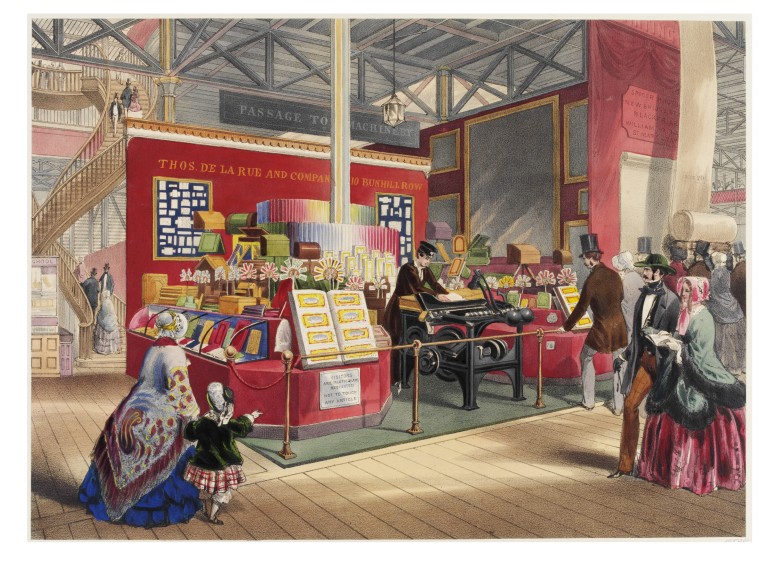
Envelope Folding Machine at the 1851 Great Exhibition
Edwin Hill This was a turning point for the history of envelopes. The demand for envelopes quickly grew in England after the acceptance of universal postage. No longer could the envelope manufacturing companies keep up by hand folding and cutting envelopes. Edwin Hill is credited with designing the first envelope folding machine in 1840. His work would be short lived after a number of other envelope folding machines surfaced in 1951. These machines featured a vacuum which would transfer the envelopes and could produce 240 envelopes per hour. Dr. Russell L. Hawes Before the mid-1850s, envelope folding machines had to be imported from Europe. In America the first successful automatic envelope folding machine was created by Russell L. Hawes. With his background in medicine, he would create the machine to work with the human body, spawning science of ergonomics and kinetics. His machine could produce 2,500 envelopes an hour. George H. Reay With dozens of automatic envelope folding machines available, none was more widely used then Reay machine. This machine was extremely reliable and became the standard machine for envelope manufacturing.Self-Gumming Envelope Making Machine
 It wasn't until the invention of the self-gumming envelope machine that envelope production really took off. A man by the name of James Green Arnold took the envelope folding machine to the next level when he added a brush that would apply the gum to the envelopes seal. This step was previously done by hand. Unfortunately Arnold's design was never put into production. It wasn't until two brothers by the name of D. Wheeler Swift and Henry Swift took Arnold's design and perfected it. In 1876 the Swift Chain Dryer Machine was born. One of the main difference in this machine was that it was constructed of metal, not wood, like the Arnold design.
It wasn't until the invention of the self-gumming envelope machine that envelope production really took off. A man by the name of James Green Arnold took the envelope folding machine to the next level when he added a brush that would apply the gum to the envelopes seal. This step was previously done by hand. Unfortunately Arnold's design was never put into production. It wasn't until two brothers by the name of D. Wheeler Swift and Henry Swift took Arnold's design and perfected it. In 1876 the Swift Chain Dryer Machine was born. One of the main difference in this machine was that it was constructed of metal, not wood, like the Arnold design.
Envelopes Today
Today, well over 185 billion envelopes are produced each year in a wide array of sizes, styles and shapes. A long way from the rich history of envelopes to what we consider 'normal' today. Envelopes for Business Businesses like Netflix use paper envelopes to mail customers DVD's which are then returned later via the mail. Monthly bills are sent in remittance envelopes with pre-stamped response envelopes enclosed. Bubble mailer envelopes are a great shipping alternatives to bulky boxes for many shipping companies. Popular Styles:- Business Envelope
- Remittance Envelope
- Booklet Envelope
- Window Envelope
- A2 Envelope
- A7 Envelope
- Square Envelope
The Evolution of Envelopes: A Fascinating Journey from 2000 B.C. to the Present
Envelopes have a rich and intriguing history that dates back to 2000 B.C. in the ancient Middle East. Initially used to store and transport important documents, envelopes have evolved significantly over the centuries. From the use of clay and animal skins to the development of paper envelopes in China during the Song Dynasty, the history of envelopes is a testament to human ingenuity and the need for secure communication. Fast forward to the present day, and envelopes are an indispensable part of our daily lives, used for sending letters, cards, and important documents.
The Benefits of Using Envelopes
Envelopes offer a range of benefits, including providing a secure and organized way to transport and store important documents. They also offer a professional and polished way to present correspondence, making them ideal for business and personal use. Additionally, envelopes come in a variety of sizes and styles, allowing for customization and personalization to suit individual needs and preferences.
Practical Use Cases for Envelopes
Envelopes are used in a wide range of practical applications, from mailing letters and invoices to storing receipts and important documents. They are also commonly used for sending greeting cards, invitations, and announcements, adding a personal touch to special occasions. In the business world, envelopes play a crucial role in maintaining confidentiality and professionalism when sending sensitive information.
Alternatives to Traditional Envelopes
While traditional paper envelopes are widely used, there are also alternative options available, such as padded envelopes for added protection, window envelopes for easy addressing, and poly envelopes for water-resistant properties. Each type of envelope offers unique features to suit different mailing needs and preferences.
Tips for Using Envelopes Effectively
When using envelopes, it's important to choose the right size and style for the contents being sent. Proper addressing and sealing techniques are also essential to ensure the safe delivery of the envelope's contents. Additionally, considering environmental impact, using recycled or eco-friendly envelopes can be a sustainable choice for conscientious senders.
Envelopes: A Symbol of Communication and Connection
Throughout history, envelopes have served as a symbol of communication and connection, bridging distances and preserving the written word. From their ancient origins to their modern-day versatility, envelopes continue to play a vital role in our lives, offering a tangible means of conveying messages and preserving important documents.
